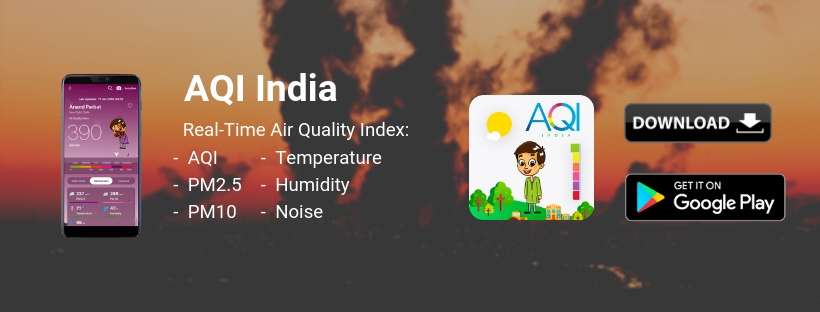The impact of poor indoor air quality in our home, workplace, and school is fast becoming a major concern among the people of the country. Coughing, headache, fatigue, itchy eyes and regular respiratory issues have now become an everyday problem due to the rise of AQI in our surrounding.
We spend about 90% of our time living indoors and according to a recent survey conducted by the World Health Organization, the quality of the indoor air is much worse than the outdoors. In-house air is noted to be two to five times more polluted than the outdoor air quality, posing a serious threat to children, elderly people, and pregnant women.
Last year, the WHO released a figure referring to the rise in the pollution level; roughly 3 million people are dying prematurely from an illness which is directly attributed to in-house air pollution. The considerable impact of being exposed to the poor air quality inside a home or working space has increased absenteeism and lowered work productivity among the school going children and working adults respectively.
The factors causing poor in-house air quality
There are many factors that are constantly causing us health issues like breathing problem, fever, cough, cold and tiredness. If these issues are ignored for a long time, it can lead to chronic health illness such as heart disease, kidney damage and lung issues to name a few.
Air pollution has now been declared as the silent killer, invisible to our naked eyes.
In our country, both in rural and urban cities, the level of in-house pollution is increasingly high. Rising population, the poor ventilation system in residential and commercial buildings, faulty design of dwellings, cooking smoke and indoor smoking is constantly increasing the indoor air pollution level.
We are always surrounded by various sources of indoor air pollution. Exposure to tobacco smoke, cooking smoke, chemical products that often constitute cleaning products, beauty, and health care products, pet dander, dust mites, mold, and pollen are the root cause for the rise of pollution in our indoors. These pollutants found indoors are so minute that they are often overlooked while regular cleaning takes place.
Effects of Poor in-house air quality
Poor indoor air quality is extremely dangerous for people who have respiratory issues or allergies. Burning of incense sticks or using air freshener which has a strong smell, mosquito repellent coils, toxic paints, rugs & carpets which entraps dust particles, all increase the level of indoor pollution which is 100 times dangerous than the outdoor air quality.

To improve the overall health status of an individual, one must regularly exercise, eat a healthy diet, and drink plenty of water, while also adhering to follow common rules to keep indoor air pollution under control. Completely forbid smoking inside the house, avoid the use of perfumes and fragrant air fresheners, and prefer wooden flooring over textile carpets and rugs are a few things to keep in mind.
Installing an air purifier or an indoor air pollution monitoring system to check AQI level can help achieve a cleaner indoor environment giving us healthier air quality.
We can’t control the environmental changes. However, we can try to control the air we breathe. Knowing the air around us is our very first step towards better living. Understanding various sources that contribute to poor home air quality is the only way to find a solution for a better, more efficient quality of air.
Although we know the problem that in-house air quality is constantly affecting our well being, what are we really doing to keep ourselves safe? It’s time to take effective measures instead of just sitting around for the quality of air to improve on its own.
To read more articles on air pollution or check real-time air quality index, visit www.aqi.in.
This article was originally posted on Deccan Chronicle.
This post is also available in:
![]() Global
Global ![]() IND English
IND English ![]() UK English
UK English ![]() US English
US English
